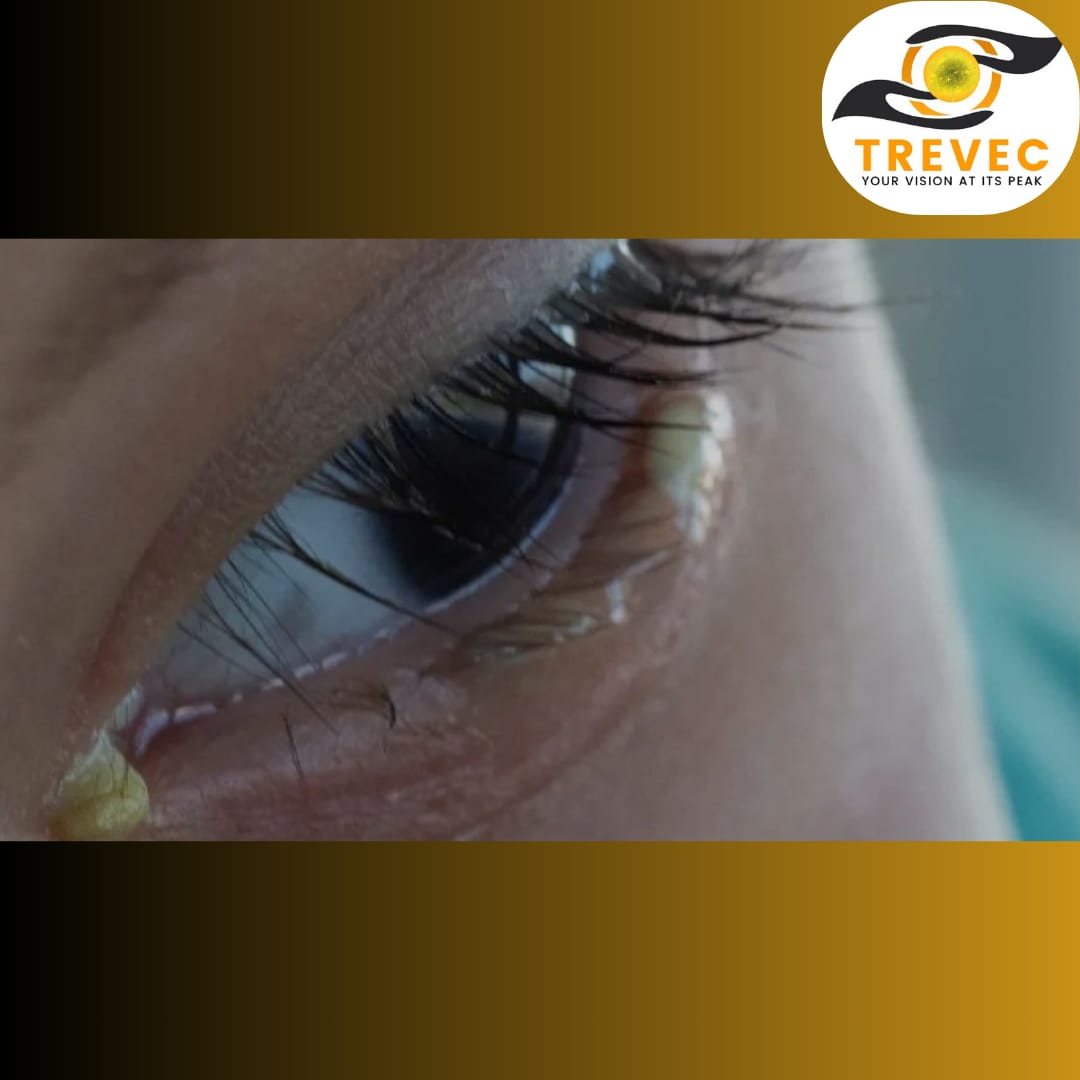Sleep crust is a common occurrence, characterized by crusty residue in the corners and along the lash lines of your eyes upon waking. This residue may be yellow, hard, crusty, clear, sticky, or thin and watery, resembling tears. But the question is, is it normal to experience sleep crust?
IS SLEEP CRUST NORMAL?
There is no straight answer to this question because sleep crust may be due to the eye’s defense mechanism against foreign objects. However, some types of eye discharge are not typical sleep crust and may indicate an eye infection or another underlying condition. Conflicting right? Do not panic; below are symptoms indicating that the sleep crust experienced will require medical care.
SIGNS THAT YOU MAY NEED TO SEEK MEDICAL ATTENTION FOR EYE DISCHARGE
They include:
- Experiencing a large amount of eye discharge that is green, yellow, or white
- Feeling pain in your eye
- Sensitivity to light (photophobia)
- Having difficulty opening your eyes due to the lids sticking together
- Redness or swelling of the eye
- Experiencing blurry vision
POSSIBLE CAUSES OF SLEEP CRUST
Various conditions or situations can lead to crusty residue in the morning.
These may include the following:
SLEEPING: typically, blinking removes dead skin cells, dust, mucus, and tears from the eyes.
However, the eyes continue to expel these waste products, ensuring they remain clean even when blinking ceases while asleep. Consequently, some people may observe a crusty film in the corners of their eyelids upon waking because moisture buildup in the eye effectively washing away impurities.
BLOCKED TEAR DUCT: individuals with blocked tear ducts may notice small lumps of white or yellowish mucus accumulating in the corners of their eyes because the blocked tear duct prevents normal eye drainage, resulting in increased eye crust in the morning. Other signs may include irritation, redness, swelling, pain and discomfort.
ALLERGY: Allergies can cause eye irritation and stimulate mucus production. Seasonal allergies, for instance, may result in heightened eye crustiness in the morning. Additional contributing factors, such as eye rubbing, inflammation, and increased production, can also contribute to this.
CONJUNCTIVITIS (PINK EYE): Individuals with either unilateral or bilateral eye infections may notice increased eye crustiness in the morning. Pink eye, or infective conjunctivitis, occurs when inflammation affects the conjunctiva, the thin membrane that lines the eye. Bacteria and viruses can cause pink eye, as can allergies and environmental factors. Other symptoms of infective conjunctivitis are watery discharge or buildup in the eye, redness and irritation of the eye, and a gritty feeling beneath the eyelids caused by the accumulation of watery discharge.
BLEPHARITIS: Blepharitis affects the area where eyelashes grow, causing redness, irritation, or itchiness. Those with this condition may experience more eye crustiness in the morning. One of the common symptoms of Blepharitis is crusty discharge. Other symptoms may include frothy or foamy tears, eyelids sticking together, a stinging or burning sensation in the eyes, flakes of skin at the base of the eyelid, excessive or insufficient tear production, and sensitivity to light.
DRY EYE: Individuals with chronic dry eyes may produce excessive mucus to combat the dryness. This mucus may appear stringy or ropey and accumulate throughout the day and night, leading to a significantly sticky or gritty crust in the morning.
STYE: Those with a stye may observe increased crustiness in one of their eyes in the morning. The primary symptom of a stye is a painful bump on the edge of the upper or lower lid. These may lead to the production of yellowish mucus in the corners of the eye.
If you experience these issues, contact an optometrist at TREETOP VISION EYE CENTRE (TREVEC), the best eye clinic in Utako, Abuja.
TREVEC CARES!!!


